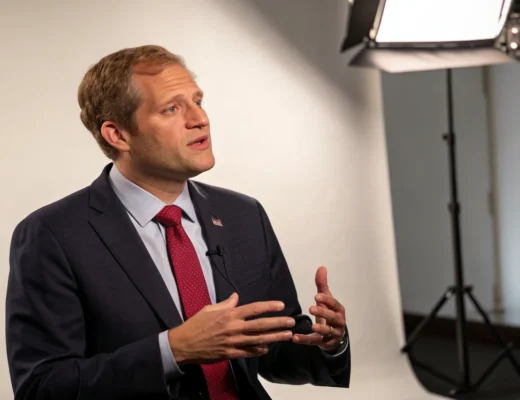The Federal Reserve delivered a significant interest rate cut this week, lowering the benchmark federal funds rate by half a percentage point to the 4.75 percent to 5 percent range. This move, which came as a surprise to some economists, is widely seen as a declaration of victory over inflation and a signal of relief for borrowers. The rate cut marks a substantial shift from the 5.25 percent to 5.5 percent range, where the federal funds rate had been set since July 2023."By lowering interest rates, we could lower borrowing costs, encourage businesses to expand and hire more workers."
— Roosevelt Institute (@rooseveltinst) September 23, 2024
Lowering interest rates can preserve the labor market gains achieved over the past two years. @Regmi_Ira's insights in @Nasdaq ? https://t.co/oPJsA9dARR
The decision was made in light of the progress made on inflation, which has consistently trended downward since hitting a 40-year high of 9.1 percent in mid-2022. Inflation now stands at 2.5 percent, close to the Fed’s target of 2 percent. Despite the larger-than-anticipated rate cut, its immediate benefits may not be felt by many households, particularly those with fixed-rate loans.Via The NY Times, Claudia Sahm on the Sahm Rule and the Federal Reserve’s 50 basis point rate cut.#economy #markets #federalreserve @nytimes pic.twitter.com/4NmSPyoijQ
— Mohamed A. El-Erian (@elerianm) September 22, 2024
For households holding variable-rate mortgages or student loans, the relief from lower interest rates will be gradual, as repayment terms typically reset only once every six months or a year. Prospective homebuyers, however, stand to gain the most from the rate cut. According to Freddie Mac, the average rate on a 30-year fixed-rate mortgage has decreased to 6.09 percent from nearly 8 percent last October.Minneapolis Fed President Neel Kashkari says his SEP rate projection aligned with the median submission that had 50 bps lower last week and another 50 bps more thru 2024 https://t.co/aFoJyjfDkr
— Nick Timiraos (@NickTimiraos) September 23, 2024
FED’S BOWMAN: DISSENT TO HALF-POINT CUT WARRANTED BY INFLATION STILL ABOVE TARGET, “MEASURED” PACE OF CUTS MORE APPROPRIATE
— *Walter Bloomberg (@DeItaone) September 24, 2024







